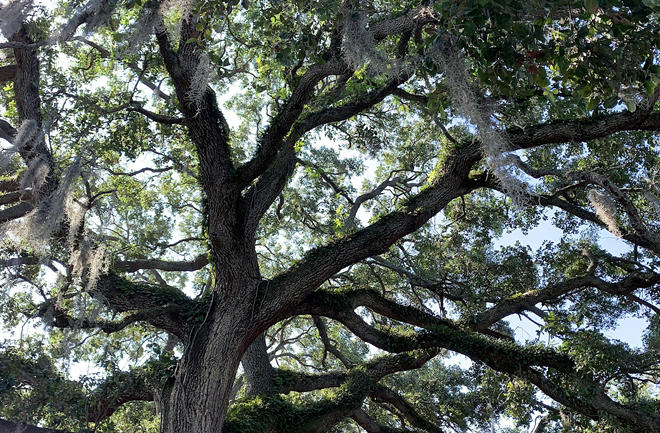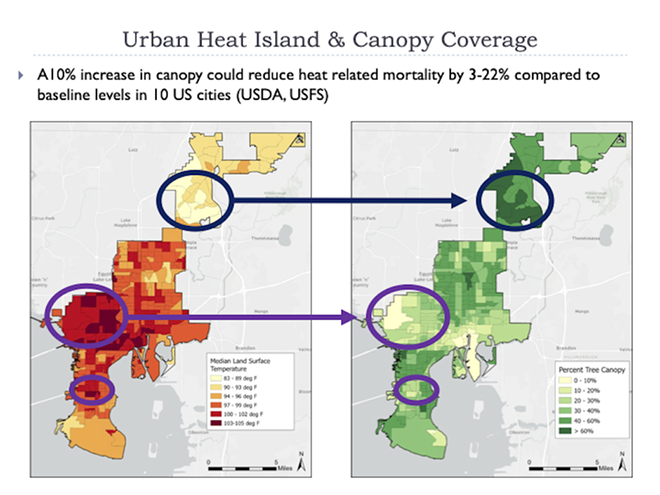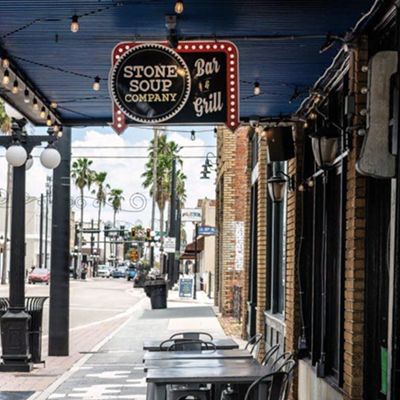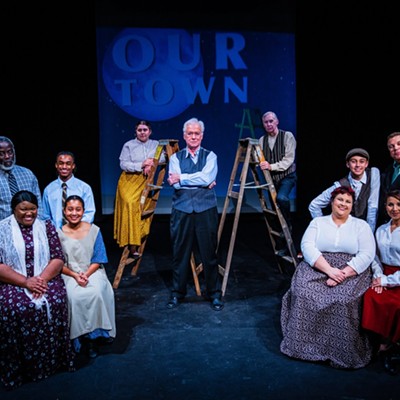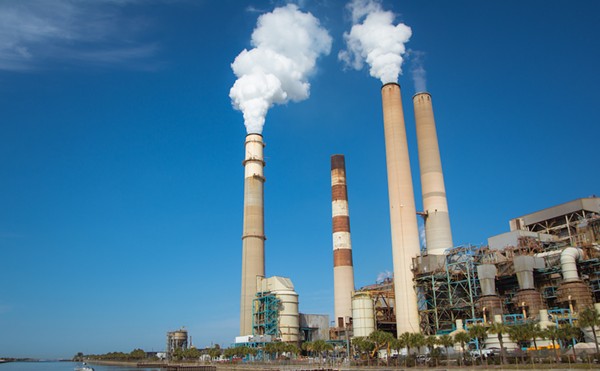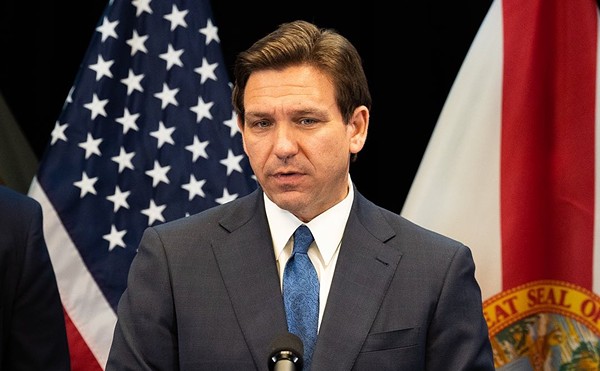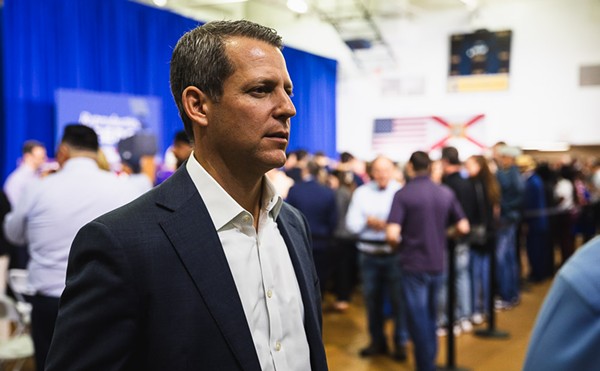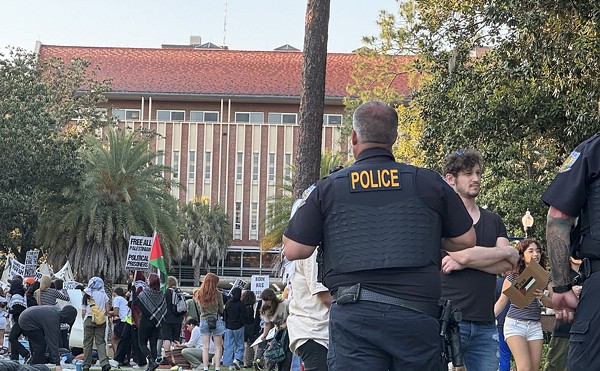More than 3,500 people move to just the city every year, drawn to our dynamism, jobs and yes, the beauty of our neighborhoods, shaded and enriched by trees.
Tampa’s hot, but if the city doesn’t start seriously protecting its diminishing tree canopy, parts of it are only going to get hotter and less livable.
Last year was Tampa’s hottest year ever. All of our building and development has resulted in the creation of heat islands which are urbanized areas that experience higher temperatures than outlying areas. In the City of Tampa’s 2021 Tree Canopy and Urban Forest Analysis, median land surface temperatures are higher where there is less tree canopy.
The urban heat island effect is well-documented. Concrete boosts the potency of heat waves. Urban heat islands increase energy costs (for air conditioning), air pollution levels and heat-related illnesses. Buildings and roads absorb the sun's heat during the day and release it at night.
The solution to heat islands is trees, green roofs and vegetation—a fact undisputed across party lines.
Trees reflect the heat that the roads absorb. Widely planting street level trees across the city along sidewalks is the most effective solution to reduce temperature.
But as Tampa has grown, so has its concrete surface area. A byproduct of that is the city’s 3% loss in tree canopy from 2016-2021. This very disturbing trend is even more prevalent in South Tampa, which lost 6% of its canopy in the same timeframe.
The State of the Forest 2023 report prepared by city staff is very clear in its recommendations. We need to do more of everything. For starters, we need a tree inventory to give us baseline information which will then allow us to be more strategic in our management.
Tampa’s 17-member Forestry Division staff works tremendously hard, but the task is overwhelming. The team is responsible for pruning and managing 1,400 miles of trees and medians, plus 194 parks, greenways and cemeteries and dealing with emergencies, mostly caused by storms. The lack of maintenance results in more tree removals which cost, on average, $952/tree.
Currently, our entire urban forestry budget is $2.3 million but it needs to be $4.5-$9.9 million according to the report. It’s unclear if that will change in Tampa Mayor Jane Castor’s 2025 budget.
Adam Smith, Communications Director for the City of Tampa, passed the buck when asked about money for trees.
“The City Council last year rejected her request for more funding for parks and rec funding that would have enhanced forestry services. Too early to know what the next budget will look like, but we are actively pursuing grants,” Smith told Creative Loafing Tampa Bay.
Last year, council locked horns with Mayor Castor who proposed a 16% property tax increase as part of her 2024 budget. Residents pushed back on the millage change, some asking why other fees weren’t raised first.
Tampa City Councilman Bill Carlson sees trees as part of the fabric that makes our neighborhoods unique.
“Just as we are benefitting from the trees planted by our predecessors, we all have a responsibility to plant for our children and grandchildren,” he told CL, adding that council was not asked to fund trees in the last budget cycle.
“But we can try to get the mayor to support trees this year,” Carlson noted. He pointed to preemption in Tallahassee that took away a city’s ability to regulate trees on private property. “I encourage everyone to ask their legislative representative to help us protect the tree canopy that makes Tampa unique among the great cities of the world.”
Del Acosta, a historic preservationist, makes the case that "Trees are a significant part of our infrastructure and must be budgeted for support in the same way that we invest in maintenance for our water systems and roadways."
In a dollar-for-dollar comparison, the net benefit of a tree canopy that is well-managed compares favorably with the savings from the impact of climate change. The USF study on trees quantified the benefits of a campus tree planting program as over $400,000 in energy conserved, $1 million in storm water filtered and $380,000 for carbon dioxide removed—and that's just for the USF Tampa campus.
Every study has a somewhat simple solution to the dwindling tree canopy problem: plant more shade trees.
But it's increasingly tough to find the right places for the trees to thrive and spread and provide shade. Public land could potentially contain more trees if we spent the money to install and maintain them.
For example, fire departments usually are surrounded by barren land which could contain a number of shade trees, as could school grounds, libraries and roadways. While palm trees have interesting silhouettes, compared to live oaks and maple trees, they are relatively worthless when it comes to helping our environment.
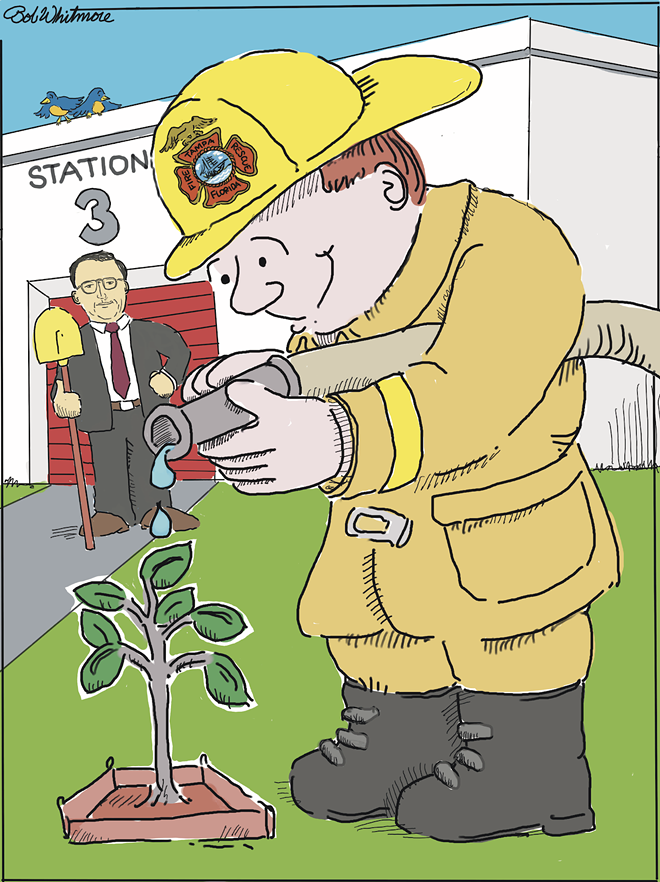
The City of Tampa has a lot of shade trees to give away, but people need to plant them.
Last year, The Forestry Division’s “Tree-Mendous Tampa tree-planting program provided 408 trees to residents who were willing to provide watering for one (1) year.”
But only 10% of those free trees given away by the city are oaks. Sherri Mullis, the Tree-Mendous Tree program coordinator told CL folks prefer "smaller, more ornamental trees like crape myrtles, bottle brush and tabebuia because they're easier to care for.”
But live oaks are a better long-term investment; sure, pollen and leaves are a hassle, but the positive impact on climate and homeowners’ electric bills is significant.
Mullis said we aren’t doing anything to educate and encourage residents to pick up oaks instead of crape myrtles.
This weekend, the City of Tampa is once again giving away trees during Saturday’s Eco-Fest at the Museum of Science and Industry. The giveaway comes a year after Mayor Castor announced plans to plant 30,000 new trees by 2030.
“We’re working on it,” Whit Remer, Sustainability & Resilience Officer for the City of Tampa, told CL, adding that the city is implementing new programs and bolstering others to make progress towards that goal. Remer said the city is about 2,454 trees into the mayor’s goal.
“If we're going to 30,000 by 2030. That’s about 5,000 trees per year,” Remer added. “Year-to-date we're doing about half of what we need to do, and that's because planting trees and in an urban context is really difficult, and that's why we wanted to make a big goal.”
But it’ll take more than the mayor to solve the city’s tree canopy problem.
First, funding must be there to maintain our existing canopy. Then, we must ramp up tree giveaways, support more neighborhood tree planting initiatives, and identify more planting locations. Finally, we must enforce existing laws and maximize fines for illegal tree destruction.
One group may be able to help, if it can get off the ground.
Tampa’s Natural Resources Advisory Committee (NRAC) is a group created to oversee and monitor our tree canopy, but it is stuck in a bureaucratic cul-de-sac and will hopefully emerge by summer.
“Our legal team had to research some things related to why that committee needed to be formed as an official city committee,” Remer said. “It's in this weird space between existing on one set of papers but not being formally recognized as an official city committee, which needs to be done through their city council.”
The NRAC members will be appointed with the Mayor filling five slots while Tampa City Council selects four members. Professions such as an arborist, developer, landscape architect, builder, certified engineer, real estate attorney and neighborhood leaders are represented. It is not too early to apply for a position on this important committee by contacting Tampa’s Senior Forester Examiner, Brian Knox, at 813 274-3187.
More than anything, we need to remember that how we handle tree canopies is a reflection of how we view our citizens. Looking at tree density, as in so many aspects of public life, social inequities are magnified through the lens of the canopy.
In Feb. 14 testimony to the Transportation Planning Organization Board, Alex Whitacre, a contributor to the City of Tampa Tree Study and USF masters degree student in urban anthropology, cited the unfortunate relationship between Tampa's history of segregation and redlining that led us to disproportionate environmental impacts in poor neighborhoods due to highways slashing through them. More generous public funding and education can begin to level this imbalance.
Nature gives away a lot without requiring any effort on behalf of people—sunrises and sunsets, the sun and the moon, tides rhythm and rivers flow. One of her greatest gifts is trees, but in an urban situation they require maintenance. And that's where we step in.
Trees are generous in their bounty, sharing shade, absorbing noise and pollution, providing habitat for animals and being beautiful. In our neighborhoods, they create a sense of scale for our houses and shops and a feeling of protection for our lives. The glory of trees has been celebrated in all cultures throughout time and we humans have a marked tendency to take them for granted.
We can do better! Subscribe to Creative Loafing newsletters.
Follow us: Google News | NewsBreak | Reddit | Instagram | Facebook | Twitter

